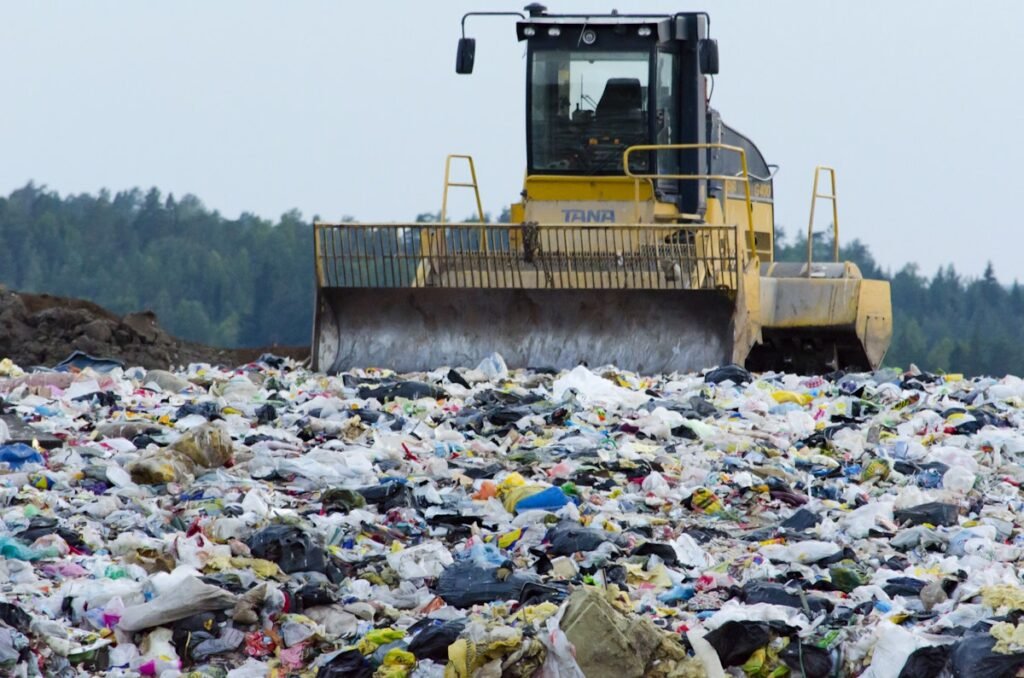Today’s fashion trends come and go at lightning speed, with new styles hitting store shelves almost every week. Have you ever wondered how retailers manage to produce clothing so quickly — and why those clothes are so inexpensive? The answer lies in the rise of fast fashion.
But as convenient and affordable as fast fashion may seem, there are many reasons to pause before adding that trendy new top to your cart. In this article, we’ll break down what fast fashion actually is, why it’s become so popular, and — most importantly — why it’s time to consider alternatives.
Understanding Fast Fashion: The Basics
Fast fashion refers to the rapid design, production, and sale of clothing that mimics current trends at a low cost. Brands churn out massive quantities of garments, constantly adapting to new styles seen on celebrities or social media. This creates a cycle where clothes are made cheaply, worn just a few times, and then tossed aside for the next trend.
How Did Fast Fashion Begin?
The concept of fast fashion emerged in the late 20th century, fueled by globalization and advances in manufacturing. Retailers realized they could move products from the design stage to store shelves in mere weeks — not months. Major brands like Zara and H&M led the way by offering runway-inspired looks for a fraction of the price.
Digital culture, influencers, and social media have only accelerated this phenomenon. Now, anyone with a smartphone can see — and buy — the latest styles at the tap of a button.
Why Is Fast Fashion So Tempting?
Let’s be honest: fast fashion appeals to our sense of style and our wallets. Who doesn’t love scoring a cute dress or trendy jeans without breaking the bank? The thrill of constantly refreshing your wardrobe and staying on-trend, combined with convenience and low prices, can feel irresistible.
But fast fashion’s affordability and accessibility come at a hidden cost — and it’s one that affects more than just our closets.
The Environmental Toll of Fast Fashion
Fast fashion’s real price tag is paid by the planet.
Massive Waste Generation
Did you know that millions of tons of clothing end up in landfills every year? Because fast fashion pieces are made cheaply, they don’t last long. Garments are often worn just a handful of times before being discarded. As new collections arrive weekly, old stock quickly becomes obsolete.
This cycle of constant consumption has created a waste crisis. Textile waste has more than doubled in the last 20 years worldwide, and many discarded clothes are made with synthetic fibers that take centuries to decompose.
Water and Chemical Pollution
Fast fashion is one of the most water-intensive industries on Earth. Producing just one cotton shirt can require thousands of liters of water. Factories often discharge toxic dyes and chemicals into rivers and waterways, affecting drinking water and local agriculture.
Greenhouse Gas Emissions
From growing crops for fabric to producing synthetic fibers and transporting goods, fast fashion’s carbon footprint is massive. The global apparel industry is responsible for a significant portion of worldwide greenhouse gas emissions, contributing to climate change.
The Human Cost: Exploitation Behind the Seams
Affordable clothes often hide a harsh reality for the people who make them.
Low Wages and Unsafe Conditions
Fast fashion brands frequently outsource production to factories in countries with cheap labor and minimal worker protections. Many garment workers earn far below a living wage, sometimes working in unsafe or even hazardous environments. Tragic events like factory collapses and fires have brought attention to these dire conditions, but little has changed for millions of workers worldwide.
Child Labor and Exploitation
The demand for ever-cheaper clothing fuels abusive practices such as child labor and forced overtime. Vulnerable populations are often trapped in cycles of poverty, unable to access education or improve their living standards.
The Downside of Disposable Fashion
Fast fashion encourages us to see clothing as disposable, rather than valued or cherished. Wearing something only a few times before discarding it isn’t just bad for your budget — it undermines creativity, personal style, and self-expression.
Every piece of clothing has a cost beyond its price tag. When we buy fast fashion:
- We reinforce a throwaway culture.
- We contribute to overconsumption.
- We lose the opportunity to develop a personal, thoughtful sense of style.
Why Avoid Fast Fashion? The Benefits of Choosing Better
Opting out of fast fashion benefits far more than just your wardrobe.
Environmental Benefits
Choosing to buy less — and choosing better — makes a real difference. Even small actions, like buying second-hand or supporting sustainable brands, can reduce waste, conserve resources, and help fight climate change.
Social Impact
By avoiding fast fashion, you advocate for fair wages and safe working conditions. Supporting ethical brands or local artisans means investing in dignity, transparency, and positive change.
Personal Rewards
When you shift away from disposable trends, you’ll discover the joy of curating a wardrobe that truly reflects you. Quality pieces last longer and often feel better to wear. You’ll appreciate your clothing more, knowing it was made responsibly.
How to Break Free from Fast Fashion
It’s easier than you might think to make a positive change. Here are some tips for getting started:
- Buy less, choose wisely: Focus on pieces you really love and need.
- Prioritize quality over quantity: Well-made clothes last longer and save money over time.
- Shop second-hand or vintage: Thrift stores offer unique finds and help prevent waste.
- Support ethical and sustainable brands: Look for companies that value fair labor and eco-friendly materials.
- Care for your clothes: Simple repairs, proper washing, and gentle use can extend the life of your wardrobe.
Frequently Asked Questions About Fast Fashion
Is fast fashion the same as affordable fashion?
Not necessarily. Affordable fashion can be made responsibly, with fair labor and sustainable practices. Fast fashion specifically refers to rapid, trend-driven production at the expense of ethics and the environment.
Can individuals really make a difference by avoiding fast fashion?
Absolutely. Every purchase is a vote. When enough people demand better, brands take notice. Your choices inspire others and help shape a more sustainable future.
Is fast fashion ever ethical?
Most fast fashion brands, by definition, prioritize speed and profit over ethics. However, some companies are working to improve practices. Look for third-party certifications and transparent supply chains.
Conclusion: Make Mindful Fashion Choices
Fast fashion might seem convenient and easy on your wallet, but its true costs reach far beyond the price tag. From environmental pollution to human rights abuses, the impacts are too serious to ignore.
You have the power to drive positive change—one wardrobe decision at a time. By choosing quality over quantity and supporting responsible brands, you can reduce waste, protect workers, and express your unique style in a way that feels good.
Ready to Join the Movement?
Take a stand against fast fashion today! Start with one small step—invest in pieces you love, care for your clothes, or support a sustainable brand. Together, we can transform the fashion industry and create a brighter, more ethical future for everyone.






